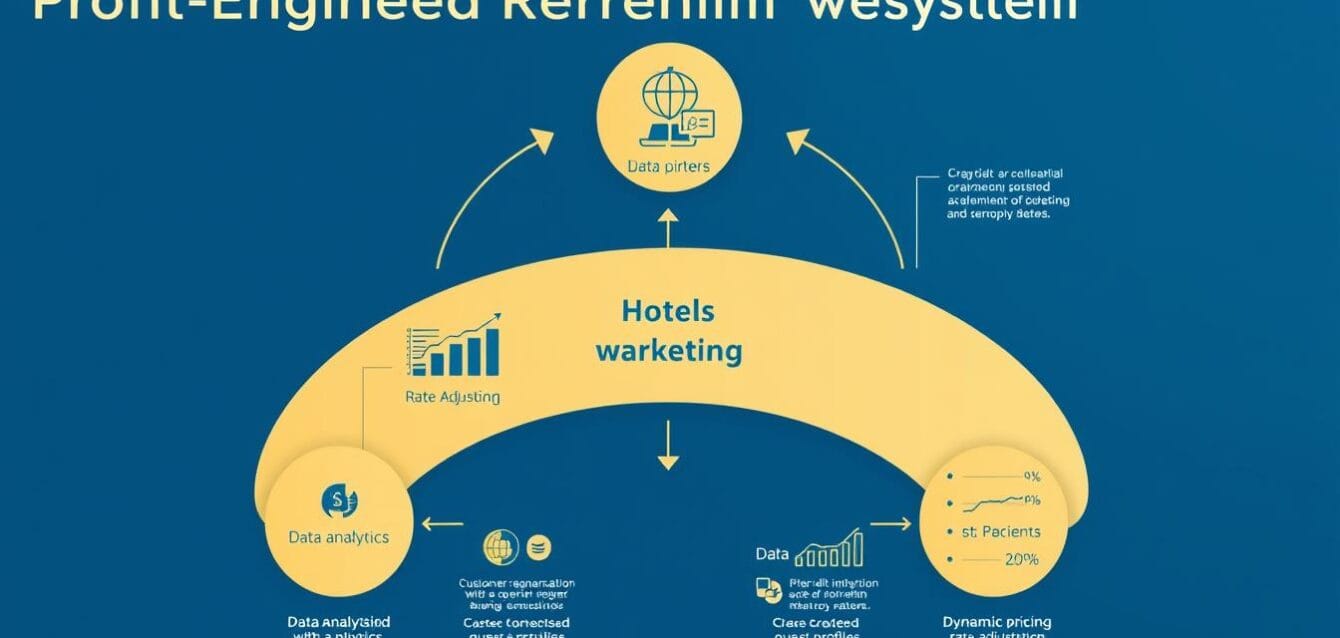In today’s competitive hospitality landscape, traditional marketing approaches no longer deliver the results hotels and resorts need. The disconnect between marketing efforts and revenue outcomes creates missed opportunities and wasted budgets. What if your marketing strategy could guarantee profitability from the ground up? That’s the promise of profit-engineered marketing—a systematic approach that aligns every campaign, channel, and customer touchpoint with your revenue goals.
We’ve engineered a framework that has helped luxury properties increase occupancy by up to 37% while simultaneously raising ADR by 24%. This isn’t about random tactics or following trends—it’s about building a precision-engineered system where every marketing dollar generates measurable returns.
What is Profit-Engineered Marketing for Hotels and Resorts?
Profit-engineered marketing represents a fundamental shift in how hotels approach their promotional strategy. Rather than treating marketing as a separate function from revenue management, this approach integrates them into a unified system where every decision is driven by profit potential.
At its core, profit-engineered marketing combines three critical elements:
- Advanced Data Analytics: Leveraging historical booking patterns, competitive intelligence, and real-time market data to identify precise revenue opportunities
- Strategic Customer Segmentation: Identifying and targeting the most profitable guest segments based on spending patterns, booking windows, and lifetime value
- Dynamic Pricing Integration: Aligning marketing campaigns with sophisticated pricing strategies to maximize both occupancy and rate
Unlike traditional hotel marketing that focuses primarily on brand awareness or booking volume, profit-engineered marketing optimizes for total revenue contribution. This means every campaign, channel, and customer interaction is designed with profitability as the primary metric of success.
Ready to Engineer Your Revenue Growth?
Discover how our profit-engineered framework can transform your hotel’s marketing performance with a personalized strategy session.
The 4 Pillars of Profit-Engineered Hospitality Marketing
Successful implementation of profit-engineered marketing rests on four foundational elements that work together to create a sustainable revenue growth system.
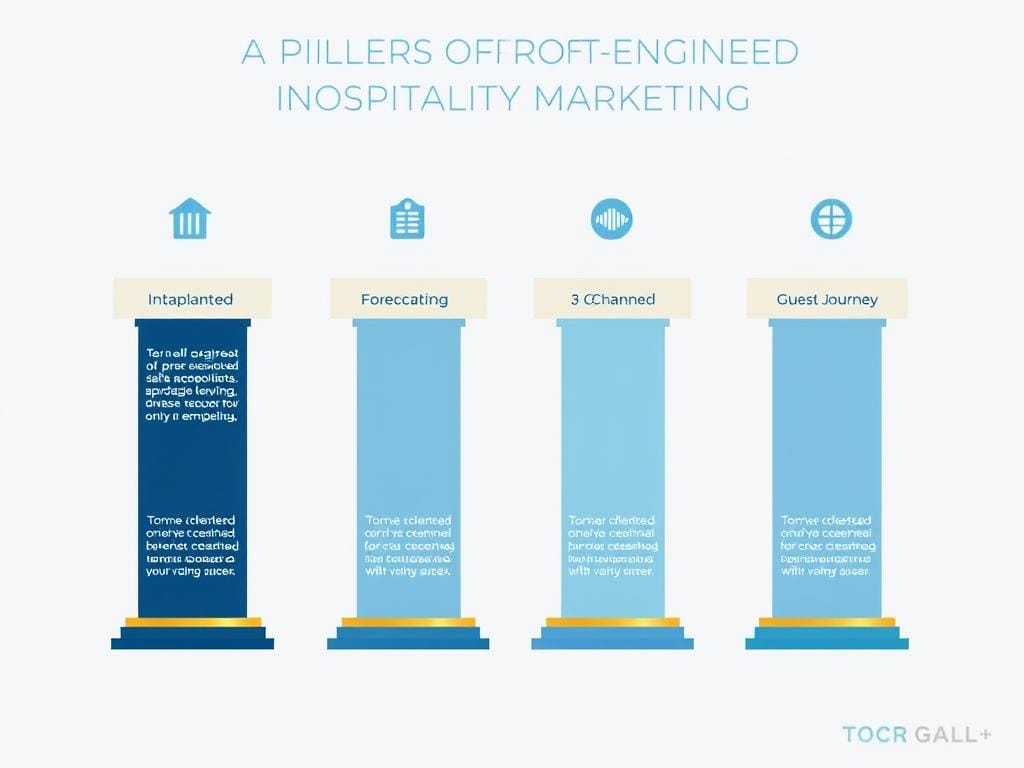
Pillar 1: Integrated Data Systems
The foundation of profit-engineered marketing is a unified data infrastructure that connects your PMS, CRM, booking engine, and marketing platforms. This integration eliminates data silos and provides a single source of truth for all decision-making.
When revenue data flows seamlessly into marketing systems, you can instantly identify which segments, channels, and campaigns deliver the highest profit contribution—not just the most bookings. This allows for real-time optimization of marketing spend based on actual revenue impact.
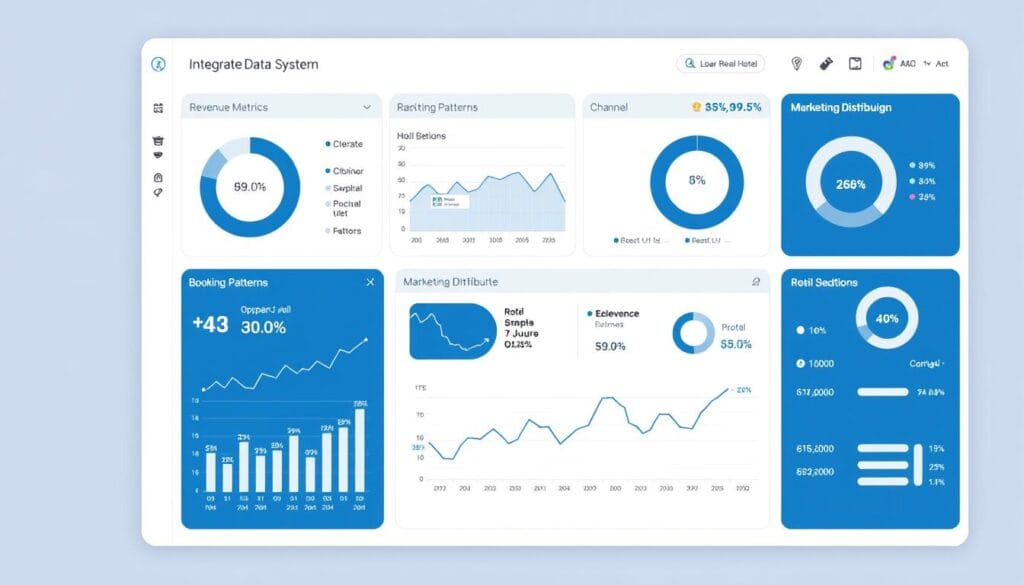
Pillar 2: AI-Powered Demand Forecasting
Traditional marketing calendars follow seasonal patterns or arbitrary promotional schedules. Profit-engineered marketing replaces this with AI-driven demand forecasting that predicts occupancy gaps and revenue opportunities with remarkable precision.
By analyzing historical data, market trends, and even external factors like local events or weather patterns, these systems can identify exactly when and where marketing efforts will generate the highest return. This allows hotels to deploy campaigns strategically when they’ll have the greatest impact on profitability.
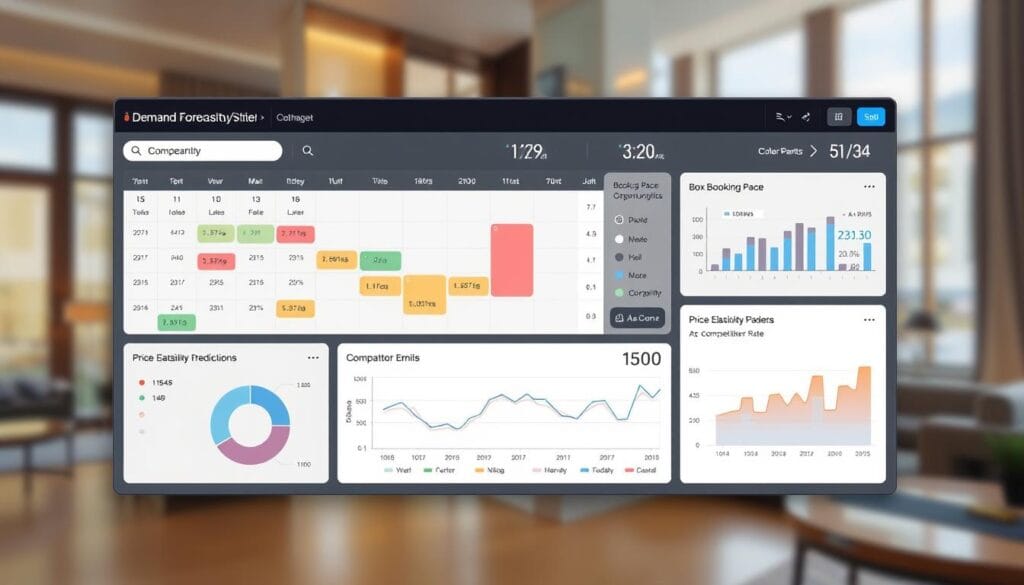
Pillar 3: Channel Profitability Optimization
Not all booking channels deliver equal value. Profit-engineered marketing rigorously analyzes the true cost and revenue contribution of each channel—from OTAs and metasearch to direct bookings and wholesale partners.
This analysis goes beyond surface-level metrics like CPA or commission rates to calculate the total customer acquisition cost and lifetime value by channel. Marketing budgets are then allocated to maximize net revenue, not just booking volume.
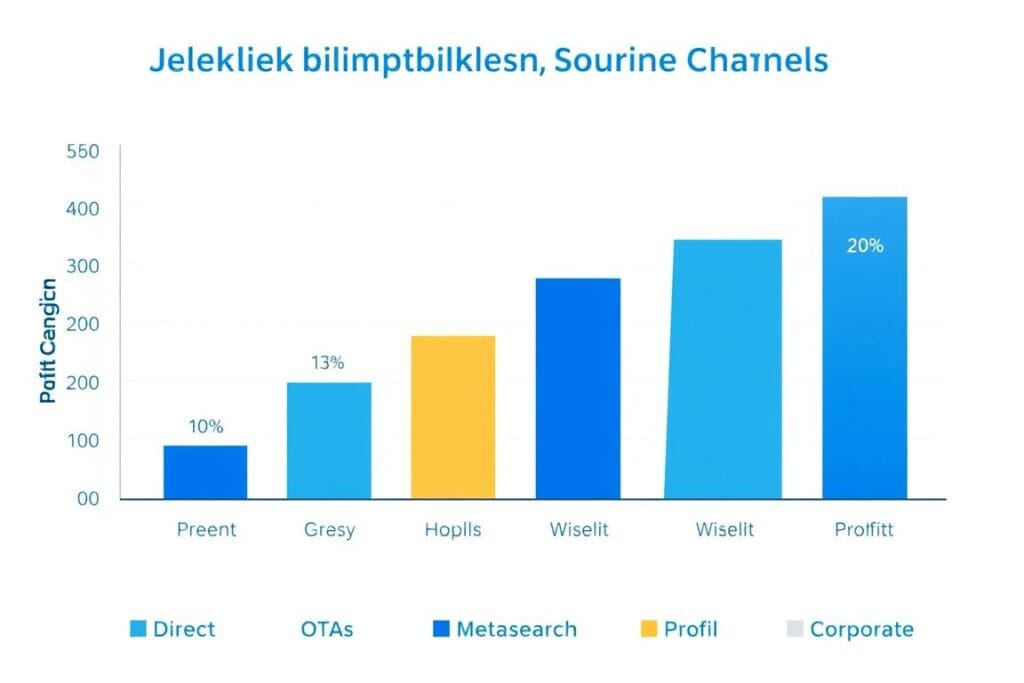
Pillar 4: Personalized Guest Value Journeys
The final pillar shifts marketing from mass promotions to personalized guest journeys designed to maximize total revenue per stay. By analyzing spending patterns, preferences, and behavior, hotels can create targeted offers that increase both conversion rates and average guest value.
These journeys extend beyond the booking to include pre-arrival upsells, on-property experiences, and post-stay retention strategies—all engineered to optimize lifetime guest value rather than just securing the initial reservation.
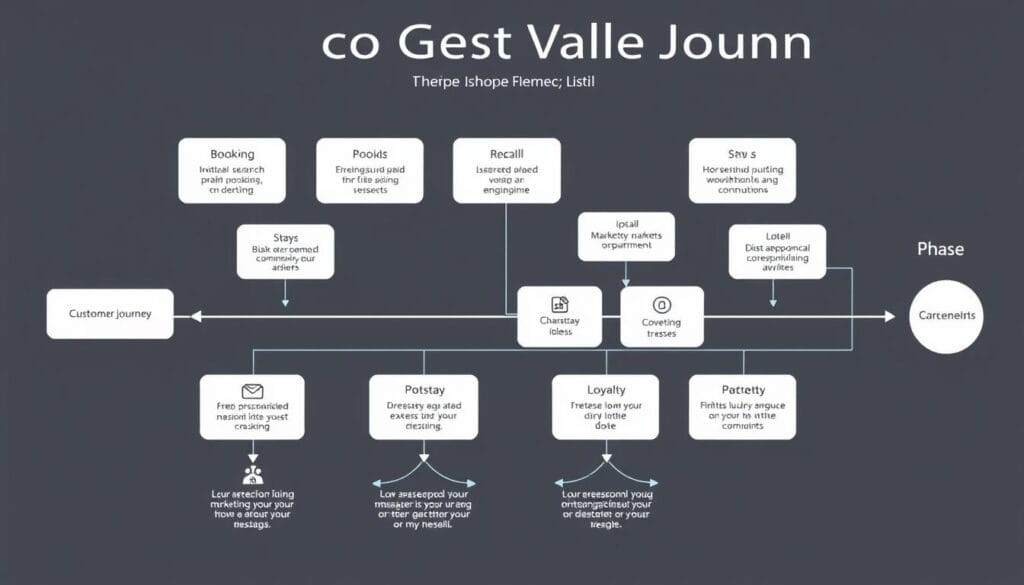
7 Profit-Engineered Marketing Strategies That Drive Results
Let’s explore seven specific strategies that put profit-engineered marketing principles into action, with real-world examples of their impact on hotel and resort performance.
1. Predictive Demand-Based Campaign Activation
Rather than running promotions based on a marketing calendar, implement an AI-driven system that automatically triggers campaigns based on forecasted demand gaps.
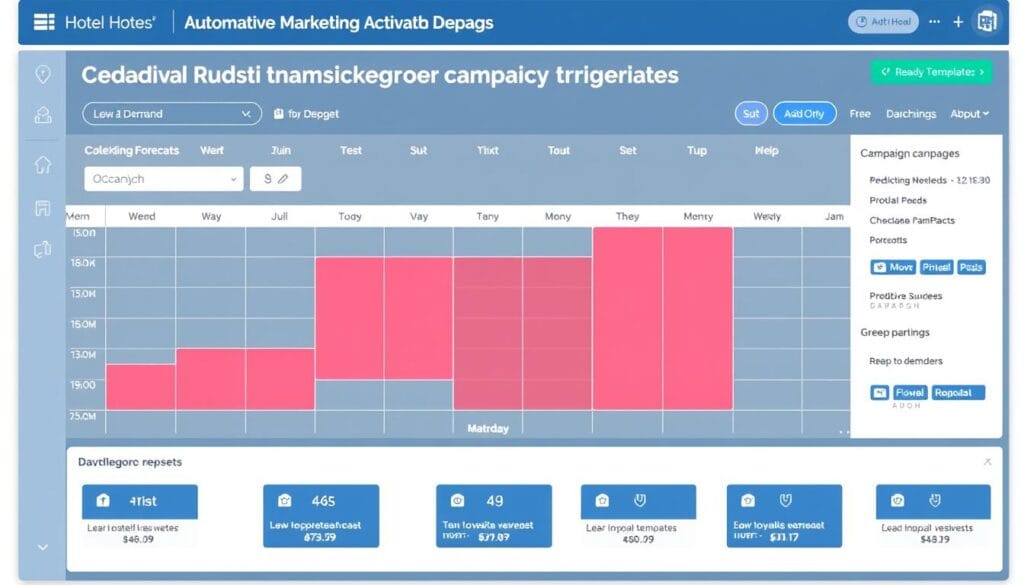
Real-World Impact: A 340-room beach resort in Florida implemented this approach and saw a 32% reduction in marketing spend while increasing occupancy by 18% during traditional shoulder seasons. The system identified specific dates with potential demand 45-60 days out and deployed targeted campaigns only when needed.
2. Profit-Optimized Channel Mix
Develop a dynamic distribution strategy that shifts inventory and marketing focus between channels based on their real-time profit contribution rather than fixed allocation.
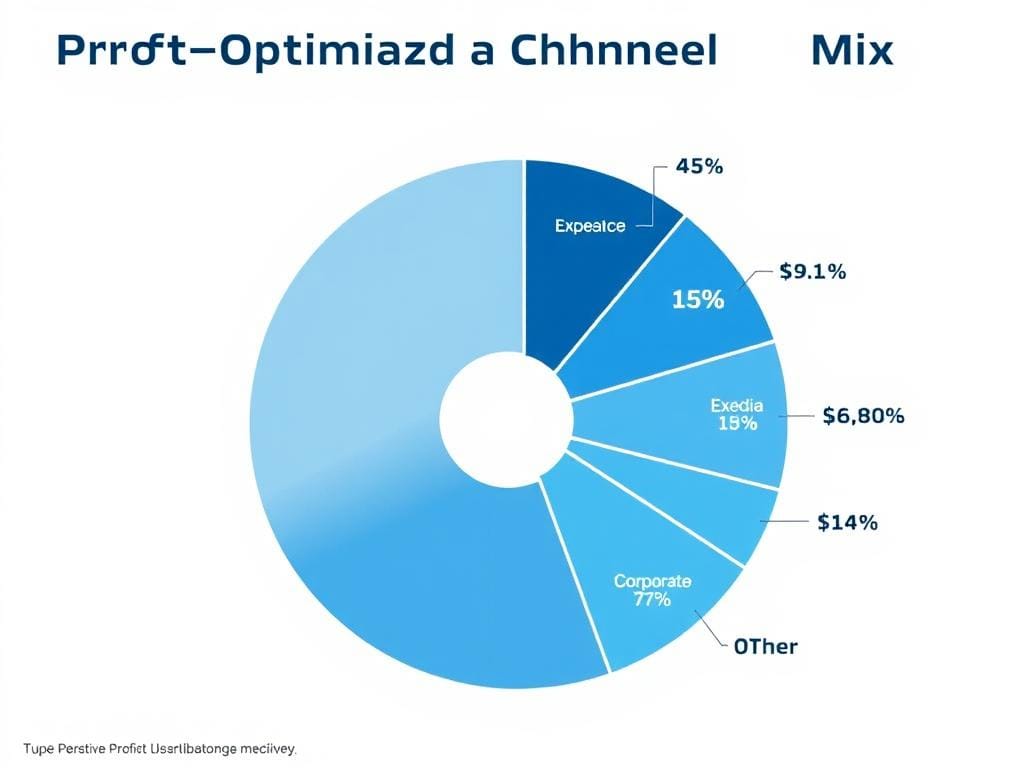
Real-World Impact: A boutique hotel collection shifted from a fixed channel strategy to a dynamic model that adjusted marketing spend based on profit contribution. This resulted in a 24% increase in net revenue by reducing dependency on high-commission channels during high-demand periods while leveraging them strategically during need periods.
3. Micro-Segment Targeting
Move beyond broad demographic segments to identify and target micro-segments based on profit potential, booking behavior, and spending patterns.
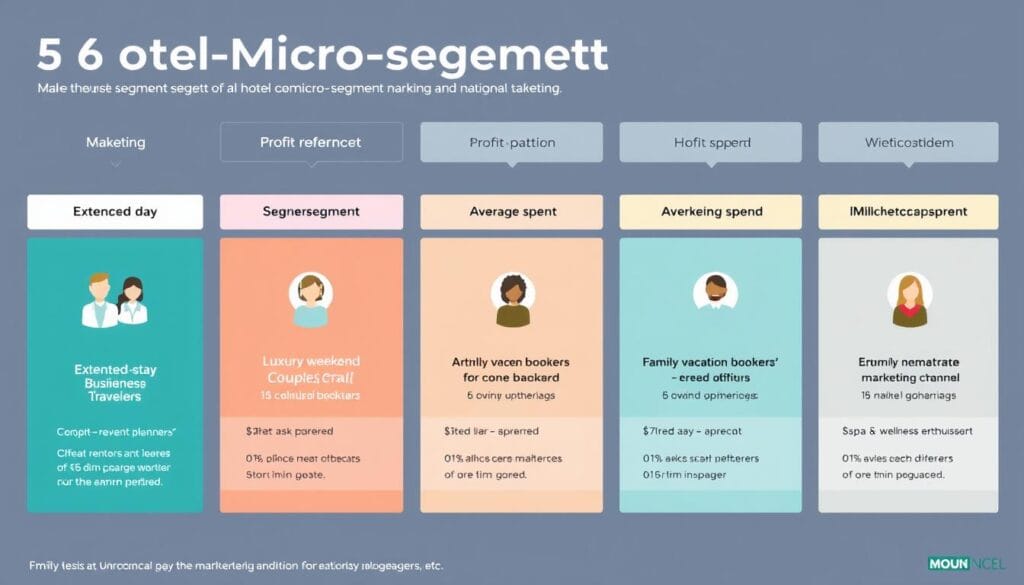
Real-World Impact: A luxury resort identified a highly profitable micro-segment of guests who booked spa treatments with their accommodations. By creating targeted campaigns for this segment, they increased spa bookings by 43% and overall ADR by 12% through package upgrades.
4. Dynamic Offer Optimization
Replace static promotions with dynamic offers that automatically adjust based on demand patterns, booking pace, and competitive positioning.
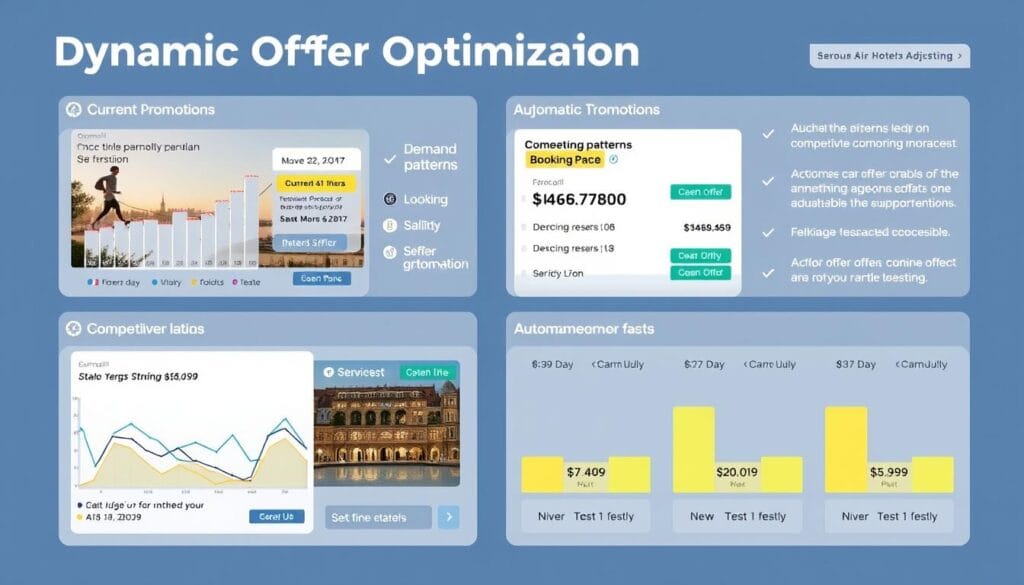
Real-World Impact: An urban hotel implemented dynamic offer testing that automatically adjusted package elements based on conversion rates. This approach increased direct booking revenue by 27% compared to their previous static promotional strategy.
5. Ancillary Revenue Maximization
Develop targeted marketing strategies for high-margin ancillary services based on guest segmentation and booking patterns.
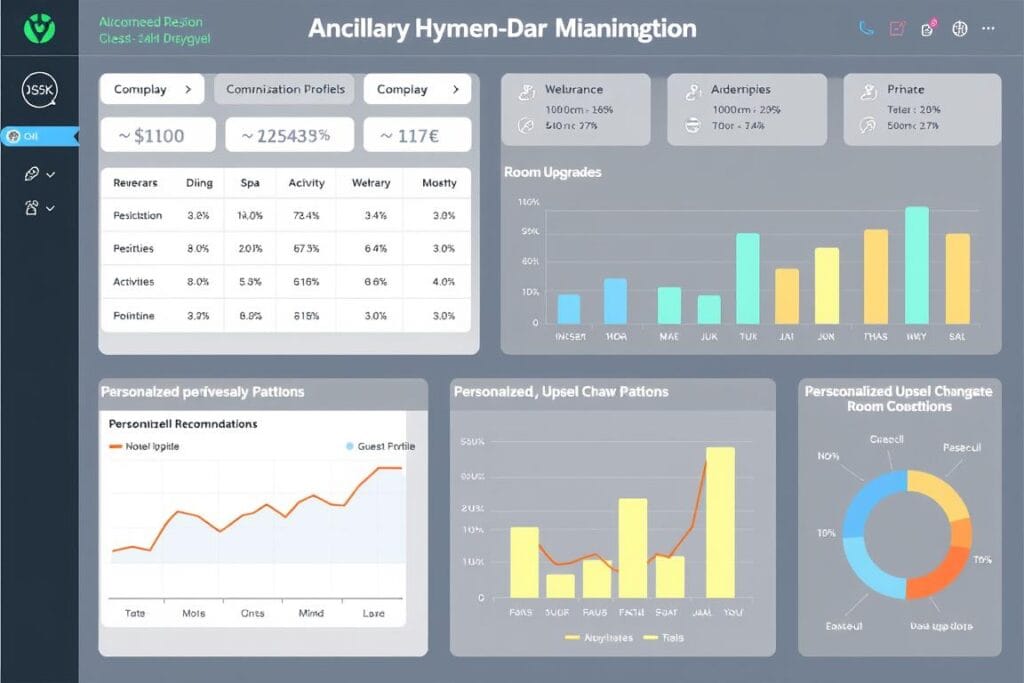
Real-World Impact: A resort property implemented pre-arrival personalized upsell campaigns that increased ancillary revenue by 34% by targeting specific guest segments with relevant experiences based on their booking history and preferences.
6. Loyalty-Driven Acquisition Strategy
Engineer marketing campaigns that prioritize guests with high loyalty potential rather than focusing solely on initial booking value.
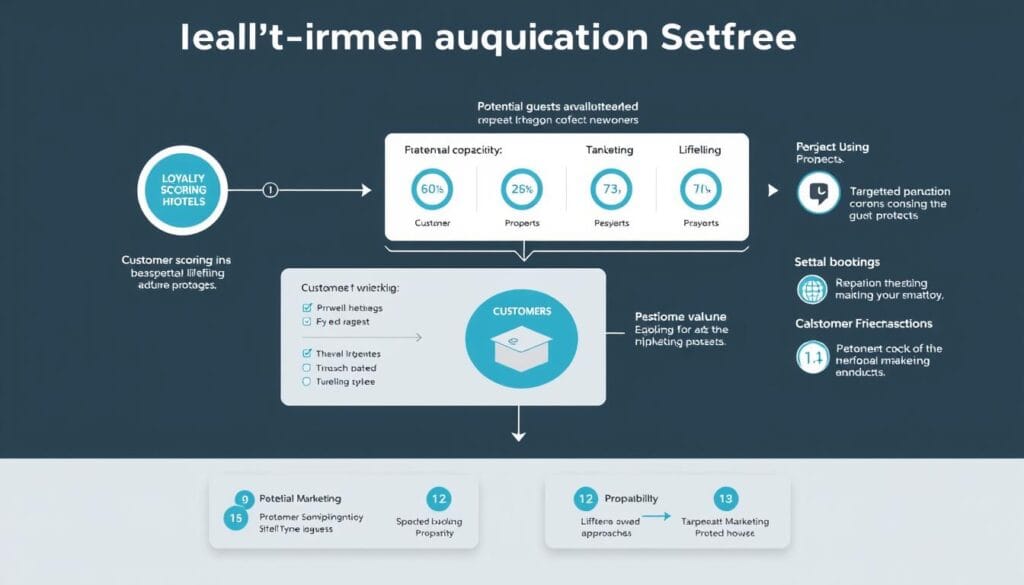
Real-World Impact: A hotel group implemented a predictive loyalty scoring model that identified guests with high repeat booking potential. By allocating 40% of their acquisition budget toward these segments, they increased repeat bookings by 28% and reduced overall acquisition costs by 17%.
7. Competitive Displacement Campaigns
Develop targeted strategies to capture market share from specific competitors based on detailed competitive intelligence and value proposition analysis.
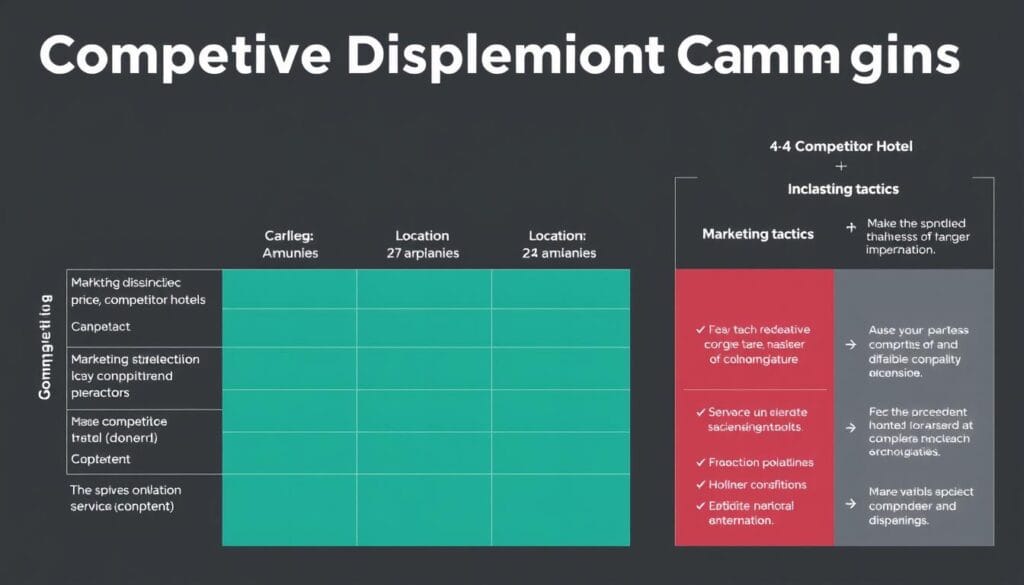
Real-World Impact: A boutique hotel identified specific weaknesses in a major competitor’s offering and created targeted campaigns highlighting their superior attributes. This strategy resulted in a 31% increase in bookings from guests who had previously stayed with the competitor.
Want to Implement These Strategies at Your Property?
Download our case study template to audit your current marketing performance and identify your biggest profit opportunities.
Case Study: How The Oceanview Resort Engineered a 37% Occupancy Increase
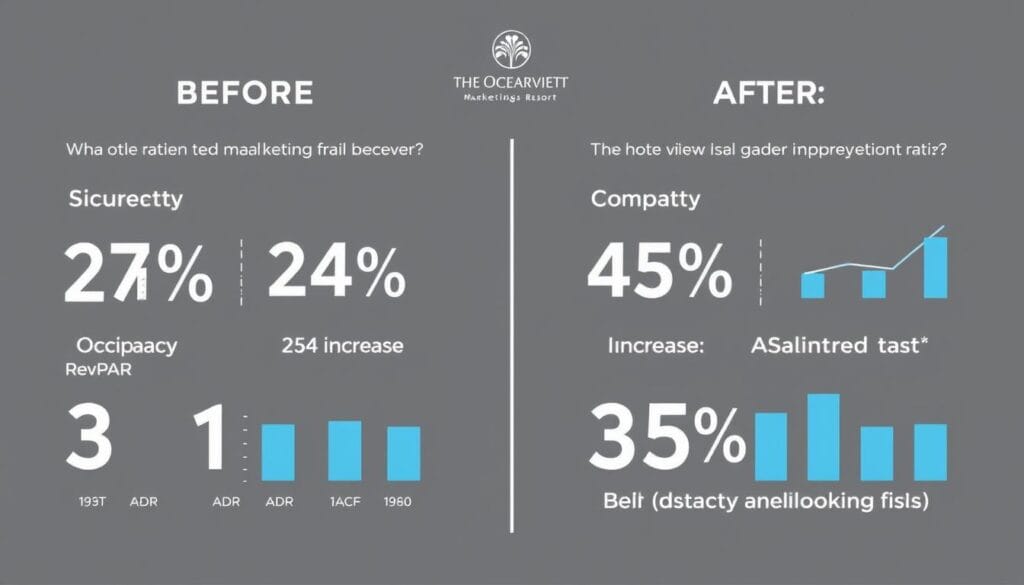
The Oceanview Resort, a 280-room luxury property in a competitive beach destination, was struggling with seasonal occupancy fluctuations and an over-reliance on OTA bookings that eroded profit margins. Despite a substantial marketing budget, their campaigns weren’t delivering measurable revenue impact.
The Challenge
- Occupancy dropped below 45% during shoulder seasons
- Over 65% of bookings came through high-commission OTA channels
- Marketing and revenue teams operated in silos with conflicting objectives
- No clear attribution between marketing spend and revenue outcomes
The Profit-Engineered Solution
We implemented a comprehensive profit-engineered marketing framework that transformed their approach:
Data Integration
Connected PMS, CRM, and marketing platforms to create a unified view of guest value and channel performance
Demand Forecasting
Implemented AI-driven forecasting to identify specific dates with revenue opportunity up to 90 days in advance
Channel Optimization
Developed a dynamic channel strategy that shifted budget and inventory based on profit contribution
Segment Targeting
Identified five high-value micro-segments and created personalized campaigns for each
Dynamic Offers
Replaced static promotions with dynamic packages that adjusted automatically based on demand
Performance Measurement
Implemented a revenue-based attribution model that measured true marketing ROI
The Results
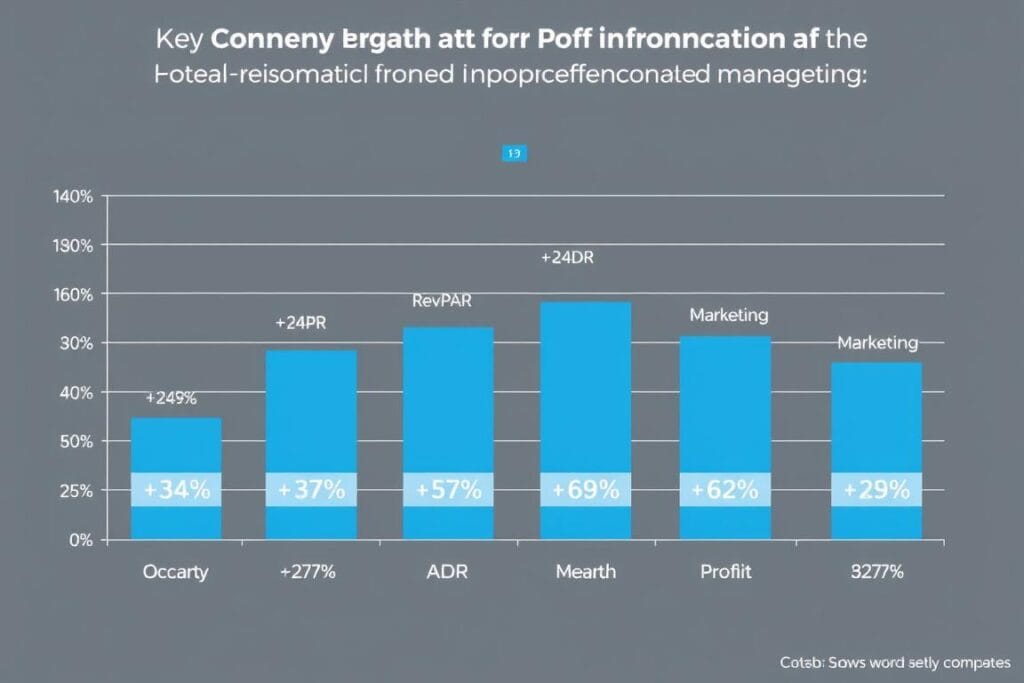
- 37% increase in overall occupancy with shoulder season performance improving by 64%
- 24% increase in ADR through strategic pricing and high-value segment targeting
- 58% growth in direct bookings, reducing OTA dependency and commission costs
- 42% improvement in RevPAR within 6 months of implementation
- 63% higher marketing ROI with the same overall budget allocation
“The profit-engineered approach completely transformed how we think about marketing. Instead of running campaigns based on gut feeling or tradition, we now make data-driven decisions that directly impact our bottom line. The results have exceeded our expectations in every metric that matters.”
Profit-Engineered Marketing Audit Template
Use this template to assess your current marketing performance and identify opportunities to implement profit-engineered strategies at your property.
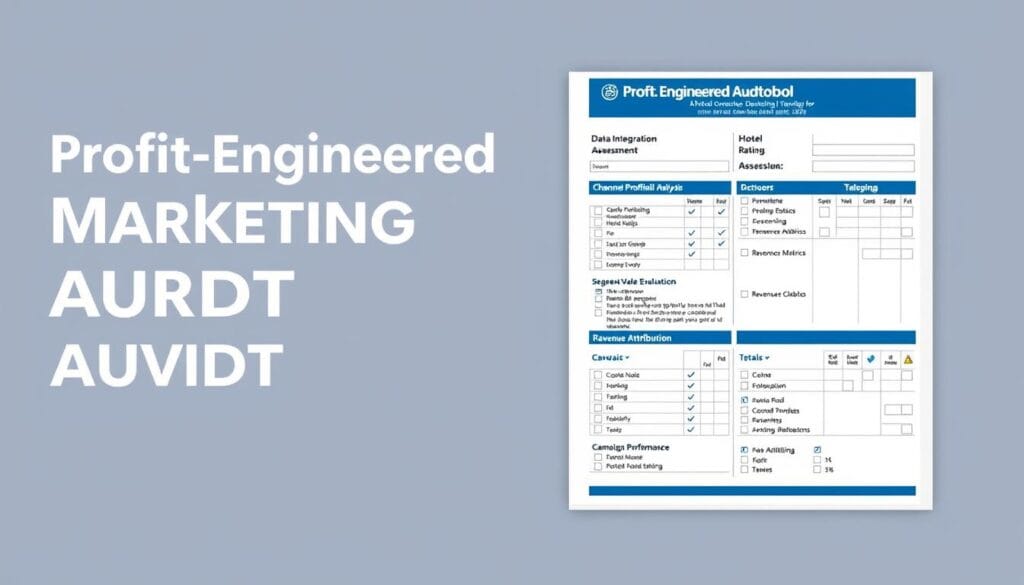
| Assessment Area | Key Questions | Current Status | Opportunity Score |
| Data Integration |
– Is your marketing data connected to your PMS and revenue systems? – Can you track the full guest journey from acquisition to on-property spend? – Do marketing and revenue teams work from the same data? |
□ Integrated □ Partially Integrated □ Siloed |
□ High □ Medium □ Low |
| Channel Profitability |
– Do you know the true profit contribution of each booking channel? – Is your marketing budget allocated based on channel profitability? – Can you dynamically shift focus between channels based on demand? |
□ Optimized □ Partially Optimized □ Not Optimized |
□ High □ Medium □ Low |
| Demand Forecasting |
– Do you use predictive analytics to forecast demand gaps? – Are marketing campaigns triggered based on forecasted need periods? – Can you predict demand at the segment and channel level? |
□ Advanced □ Basic □ None |
□ High □ Medium □ Low |
| Segment Targeting |
– Have you identified your most profitable guest segments? – Do you have targeted campaigns for high-value micro-segments? – Can you measure segment profitability beyond booking value? |
□ Sophisticated □ Basic □ Generic |
□ High □ Medium □ Low |
| Revenue Attribution |
– Can you attribute revenue outcomes to specific marketing activities? – Do you measure marketing performance based on profit contribution? – Is your attribution model multi-touch and revenue-based? |
□ Advanced □ Basic □ None |
□ High □ Medium □ Low |
How to Use This Template: Rate your current status in each area and identify your highest opportunity scores. These represent your most significant profit-engineering opportunities. Focus on these areas first to maximize your revenue impact.
How to Turn Seasonal Dips into Revenue Opportunities
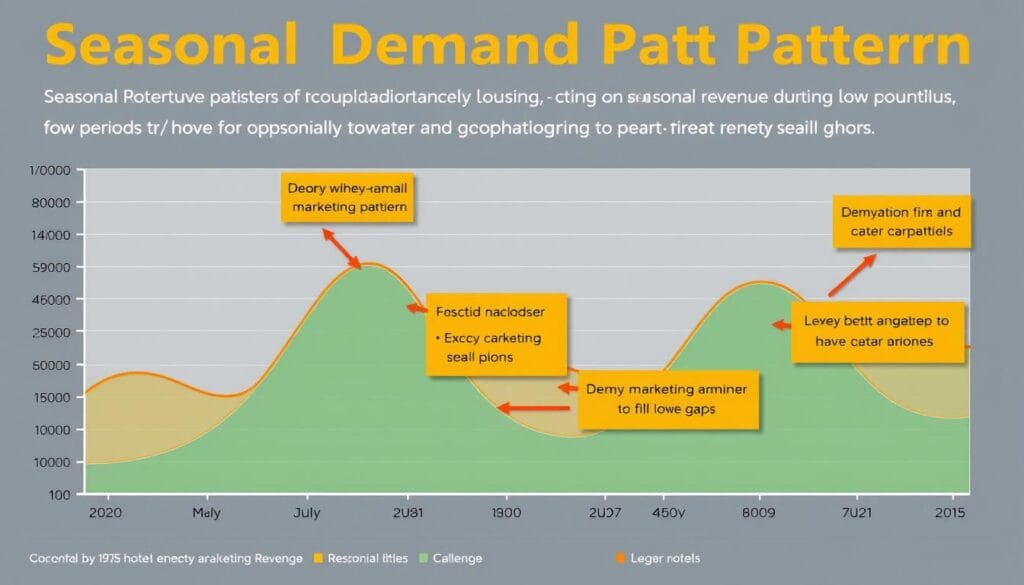
Seasonal fluctuations represent one of the greatest challenges—and opportunities—for hotel revenue management. Profit-engineered marketing provides a systematic approach to transforming these traditional low periods into profit centers.
The Traditional Approach vs. Profit-Engineered Strategy
Profit-Engineered Approach
- Uses AI to identify specific dates with opportunity 60-90 days in advance
- Targets micro-segments with proven booking behavior during low seasons
- Deploys dynamic offers that adjust automatically based on booking pace
- Allocates marketing budget based on forecasted revenue opportunity
- Measures performance based on profit contribution, not just occupancy
Traditional Approach
- Relies on broad seasonal discounting that erodes ADR
- Uses the same marketing channels regardless of seasonal effectiveness
- Deploys generic promotions to all customer segments
- Maintains fixed marketing budgets throughout the year
- Measures success based on occupancy rather than total revenue
Implementing a Seasonal Opportunity Strategy
-
Identify Micro-Patterns
Look beyond broad seasonal trends to identify specific dates and day patterns with revenue opportunity. AI-powered forecasting can detect these patterns with remarkable precision.
-
Segment by Seasonal Behavior
Identify guest segments that have historically booked during shoulder seasons and analyze their characteristics, preferences, and booking patterns.
-
Develop Targeted Value Propositions
Create specific offers that address the unique needs and motivations of off-season travelers rather than relying solely on discounting.
-
Implement Dynamic Campaign Triggers
Set up automated marketing campaigns that activate based on booking pace and forecasted demand gaps for specific dates.
-
Optimize Channel Mix Seasonally
Adjust your channel strategy based on seasonal performance data, focusing on channels that deliver the highest profit contribution during different periods.
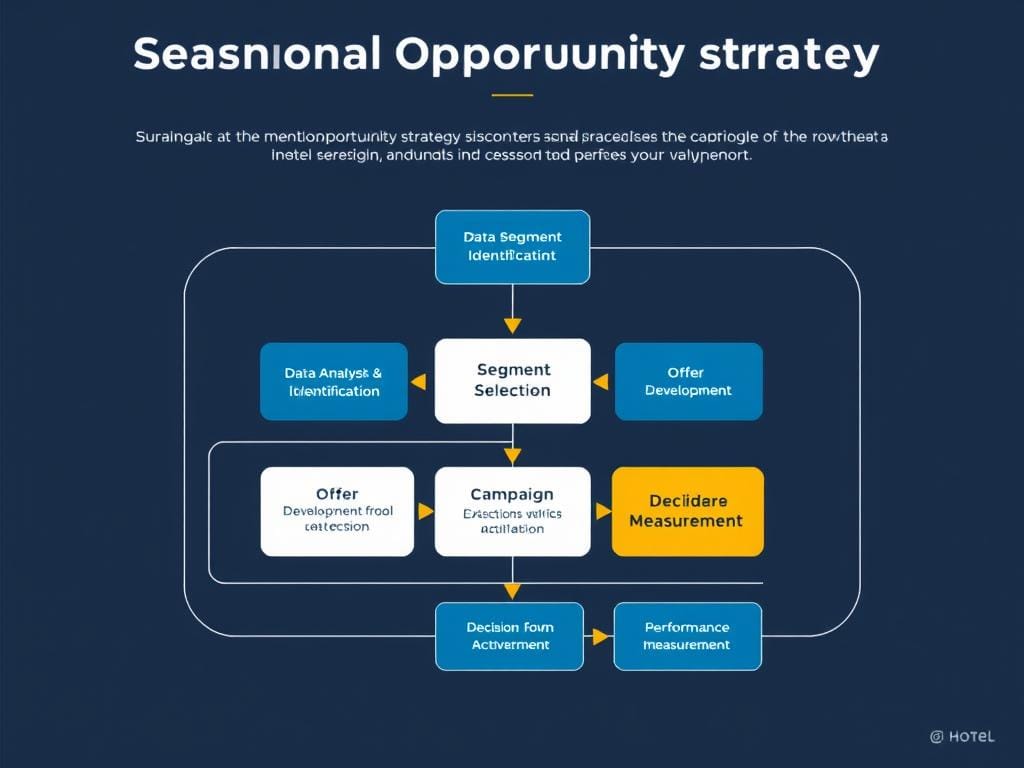
“We transformed our shoulder season from a financial liability to a profit center by implementing targeted micro-segment campaigns. Instead of broad discounting, we identified specific customer groups with flexible travel dates and created value-driven packages that maintained our ADR while driving occupancy.”
Implementing Profit-Engineered Marketing at Your Property
Transitioning to a profit-engineered marketing approach requires strategic planning and systematic implementation. Here’s a roadmap to guide your transformation:
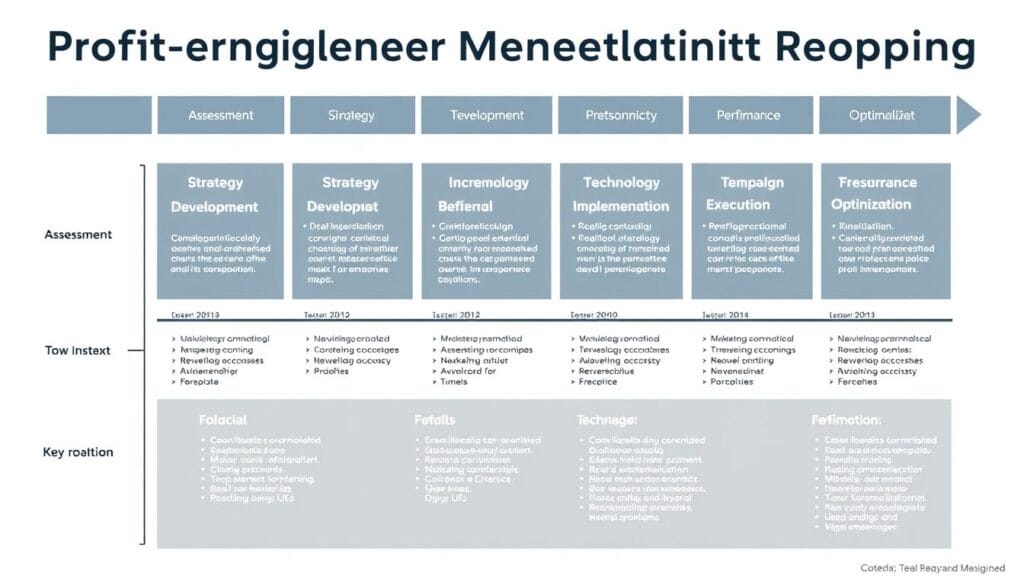
Phase 1: Assessment and Foundation
- Audit Current Performance: Use the template provided to assess your current marketing approach and identify key opportunity areas
- Align Leadership: Ensure marketing, revenue, and operations leaders are aligned on the profit-engineered approach and objectives
- Data Integration Plan: Develop a roadmap for connecting your marketing, PMS, CRM, and revenue systems
Phase 2: System Development
- Implement Data Infrastructure: Connect systems to create a unified view of guest value and channel performance
- Develop Segmentation Model: Identify and define high-value micro-segments based on profit contribution
- Build Forecasting Capabilities: Implement AI-driven demand forecasting to identify revenue opportunities
Phase 3: Strategy Activation
- Channel Optimization: Develop a dynamic channel strategy based on profitability analysis
- Campaign Development: Create targeted campaigns for high-value segments aligned with demand forecasts
- Performance Measurement: Implement revenue-based attribution to measure marketing ROI
Phase 4: Continuous Optimization
- Performance Analysis: Regularly review campaign performance based on profit contribution
- Strategy Refinement: Continuously optimize segmentation, targeting, and channel mix
- Capability Expansion: Progressively implement more advanced profit-engineering capabilities
Ready to Engineer Your Revenue Growth?
Our team of hospitality marketing specialists can help you implement a profit-engineered marketing system tailored to your property’s unique needs and opportunities.
Profit-Engineered Marketing Implementation Checklist
Use this checklist to ensure you’ve covered all the essential elements of a profit-engineered marketing strategy for your hotel or resort.
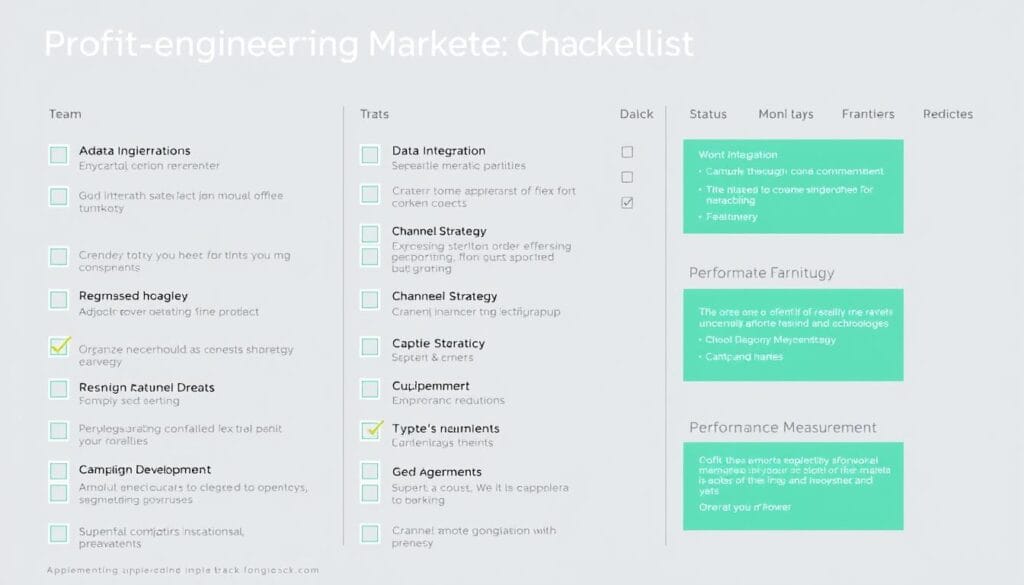
Data Foundation
- □ Connect PMS, CRM, and marketing platforms to create a unified data view
- □ Implement tracking for full guest journey from acquisition to on-property spend
- □ Develop profit-based reporting that marketing and revenue teams share
- □ Create automated data flows that update in real-time
Segmentation & Targeting
- □ Identify high-value micro-segments based on profit contribution
- □ Develop targeted value propositions for each key segment
- □ Create segment-specific messaging and creative assets
- □ Implement behavioral targeting based on booking patterns
Channel Strategy
- □ Analyze true profit contribution of each booking channel
- □ Develop dynamic budget allocation model based on channel profitability
- □ Implement channel-specific pricing and offer strategies
- □ Create a direct booking strategy to reduce OTA dependency
Campaign Execution
- □ Implement demand-based campaign triggers
- □ Develop dynamic offers that adjust based on booking pace
- □ Create personalized pre-arrival and on-property upsell campaigns
- □ Implement A/B testing framework for continuous optimization
Performance Measurement
- □ Implement revenue-based attribution model
- □ Develop profit contribution reporting by campaign, channel, and segment
- □ Create automated performance dashboards for leadership
- □ Establish regular review process for strategy optimization
Transform Your Hotel’s Performance with Profit-Engineered Marketing
The hospitality landscape has fundamentally changed. Properties that continue to approach marketing as a separate function from revenue management will struggle to compete in an increasingly sophisticated market.
Profit-engineered marketing represents the future of hospitality marketing—a systematic approach that aligns every campaign, channel, and customer touchpoint with your revenue goals. By implementing the strategies outlined in this guide, you can transform your marketing from a cost center to a precision-engineered profit driver.
The results speak for themselves: properties that adopt this approach consistently achieve 30%+ increases in occupancy, significant ADR growth, and dramatic improvements in overall profitability.
Ready to Engineer Your Revenue Growth?
Schedule a consultation with our team to discover how we can help you implement a profit-engineered marketing system tailored to your property’s unique needs and opportunities.
